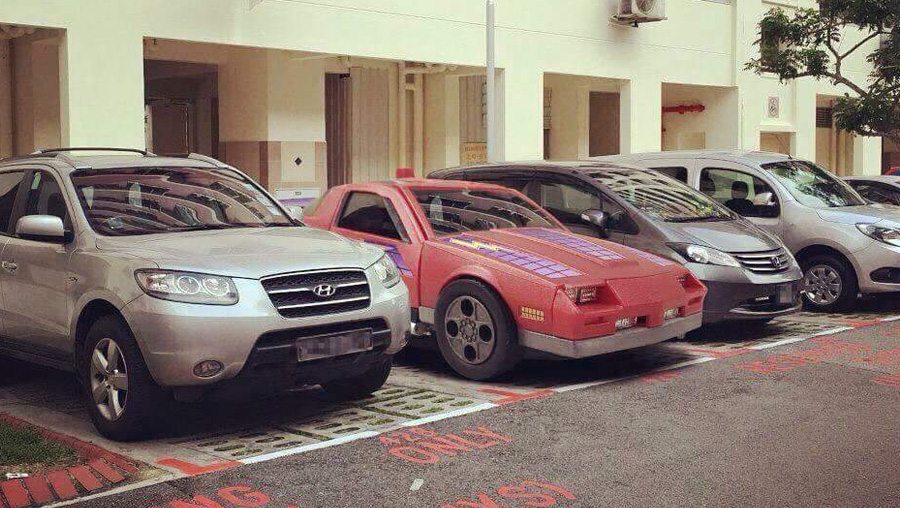The world we inhabit is intricately connected by the arteries of roads and highways, and at the heart of this interconnectedness are vehicles. From bustling city streets to serene countryside roads, vehicles play a pivotal role in shaping our daily lives. This exploration delves into the multifaceted significance of vehicles in actual life, beyond the mechanical marvels they embody.

Urban Mobility: Navigating the Concrete Jungles
In the hustle and bustle of urban landscapes, vehicles emerge as lifelines, facilitating the ebb and flow of city life. Cars, motorcycles, buses, and bicycles orchestrate a symphony of movement, allowing individuals to navigate through crowded streets and reach their destinations with unprecedented efficiency. The evolution of urban mobility reflects not only technological advancements but also societal shifts in how we perceive and utilize transportation in the modern age.
Beyond Conventional Commuting: Unveiling the Diversity of Vehicles
Vehicles transcend the mundane routine of daily commuting; they become expressions of personal style, preferences, and aspirations. From sleek sports cars to rugged off-road vehicles, the diversity in vehicle types mirrors the myriad tastes and lifestyles of individuals. The choices we make in selecting our vehicles often go beyond mere functionality, intertwining with our identities and reflecting our unique journeys.
Economic Engines: The Automotive Industry’s Impact on Global Economies
The world auto business is a colossal economic engine, propelling numerous industries and contributing significantly to global economies. From manufacturing and supply chains to sales and aftermarket services, the automotive sector creates a ripple effect that influences diverse sectors. The impact extends beyond direct employment in auto manufacturing to various ancillary industries, fostering economic growth and stability.
Environmental Impacts: Balancing Convenience with Sustainability
While vehicles bring undeniable convenience, their widespread use raises environmental concerns. The burning of fossil fuels, emissions, and the ecological footprint of mass vehicle production contribute to environmental challenges. The quest for sustainable mobility has prompted innovations in electric vehicles, hybrid technologies, and eco-friendly manufacturing processes, aiming to strike a balance between the convenience of vehicles and the imperative to protect our planet.
Technological Marvels: Driving into the Future
The automotive landscape is witnessing a rapid transformation propelled by cutting-edge technologies. From autonomous vehicles to connected cars, the integration of artificial intelligence and smart technologies is redefining the driving experience. The convergence of automotive and technology sectors not only enhances safety and efficiency but also sets the stage for a future where vehicles become intelligent, responsive entities in the ever-evolving tapestry of transportation.
Cultural Icons: Vehicles as Symbols of Status and Identity
Vehicles have transcended their utilitarian roles to become cultural icons that symbolize status, wealth, and personal identity. Luxury cars, in particular, are often associated with prestige and success, while certain models evoke nostalgia and cultural significance. The choices we make in selecting a vehicle are intertwined with cultural narratives, shaping how we perceive ourselves and how others perceive us in the intricate dance of societal expectations.
The Age of Connectivity: Vehicles in the Digital Era
In the digital era, connectivity has become a defining feature of vehicles. Infotainment systems, navigation tools, and communication capabilities are seamlessly integrated into modern vehicles, transforming them into hubs of connectivity. The ability to stay connected while on the move not only enhances convenience but also reflects the evolving nature of our interconnected lives.
Challenges and Opportunities: Navigating the Complex Terrain
The world auto business, while thriving, faces an array of challenges ranging from economic uncertainties to shifting consumer preferences and environmental concerns. However, challenges often beget opportunities. The push for electric vehicles, sustainable practices, and innovative business models presents a chance for the industry to adapt and thrive in an ever-changing landscape.
The Human Element: From Design to Driving Experience
Behind the veneer of steel, glass, and technology, the human element remains integral to the world of vehicles. From the designers who sculpt the curves of a car to the drivers who experience the thrill of the open road, vehicles are an extension of human creativity, innovation, and aspiration. The emotional connection between humans and their vehicles is a timeless aspect that continues to shape the industry and our individual journeys.
Conclusion: Navigating the Roads Ahead
In the expansive canvas of vehicles in actual life, the journey is both intricate and enthralling. From the bustling cityscapes to the serene countryside, vehicles are not mere modes of transportation but essential threads woven into the fabric of our existence. As the world auto business continues to evolve, the roads ahead beckon with possibilities, challenges, and the promise of a future where vehicles seamlessly integrate into the tapestry of our lives, shaping the way we move, connect, and experience the world.
